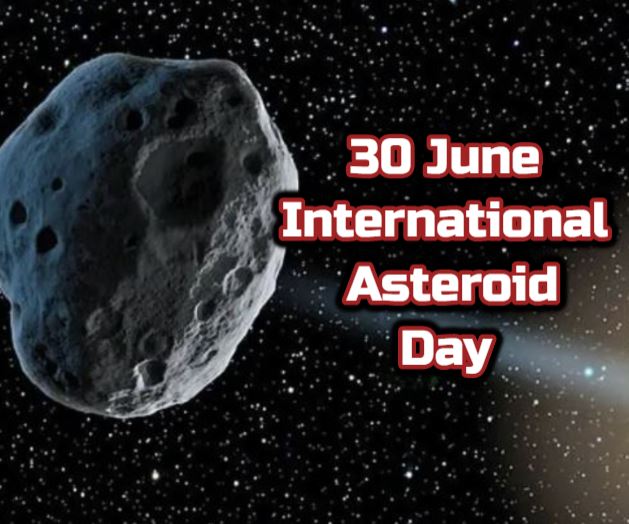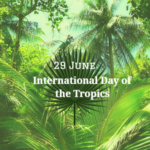
Asteroid Day is a creative awareness-raising and educational initiative to educate the world on asteroids — its role in creating our solar system, how we can use their tools, how asteroids will pave the way for future exploration, and how we can hopefully secure our planet from asteroids. Asteroid Day celebrations are held every year on 30 June to mark the 1908 anniversary of the effects of Tunguska. Asteroid Day celebrations are conducted mostly individually for people of all ages around the world and are usually free. Asteroid Day is a program run by the Luxembourg non-profit Asteroid Foundation.
What is Tunguska event?
The Tunguska incident was a massive outburst in the morning of 30 June 1908 (NS) near the Podkamennaya Tunguska River at Yeniseysk Governorate, now Krasnoyarsk Krai, Russia. An estimated 80 million trees over 2.150 km2, (830 sq mi) of forest have flattened the explosion over the sparsely populated east Siberian Taiga.The explosion is normally due to the air explosion of a meteoroid.The Tunguska event is the largest occurrence in recorded history on Earth, although even greater effects have been observed in prehistoric times.

Who founded Asteroid Day?
Asteroid Day was co-founded in 2014 by Dr. Brian May, QUEEN’s astrophysicist and lead guitarist, along with Danica Remy, Foundation President, Rusty Schweickart, Apollo 9 Astronaut, and filmmaker Grig Richters. In 2016, the UN formally recognized Asteroid Day as the international day of asteroid in order to raise awareness.
Asteroid Day ‘s sixth annual celebration will be on June 30 , 2020.
This year, the event celebrates asteroid science and exploration completely in digital form. On 30 June 2020, panels and one-on-one interviews with astronauts and world experts will be broadcast.
Facts and Information About Asteroids
- Asteroids are rocky objects that are too small to be considered planets and revolve around the sun. They are sometimes called planetoids or small planets. There are millions of asteroids of hundreds of miles to several kilometers in size. In all, all asteroids are smaller than the earth’s moon ‘s mass.
- Asteroids are the remnants of our solar system ‘s formation around 4.6 billion years ago. The birth of Jupiter early on stopped the creation of celestial bodies in the distance between Mars and Jupiter, leading to small objects colliding and fragmenting into the asteroids that we are seeing today.
- Almost all asteroids have irregular shapes, but some of the biggest are nearly spherical, like Ceres. They are often crushed or cratered — for example, the Vesta crater has a diameter of about 285 miles (460 km). It is assumed that the surfaces of most asteroids are coated with dust.
- The average surface temperature of a typical asteroid is MINUS 100 degrees Fahrenheit (MINUS 73 degrees Celsius).











